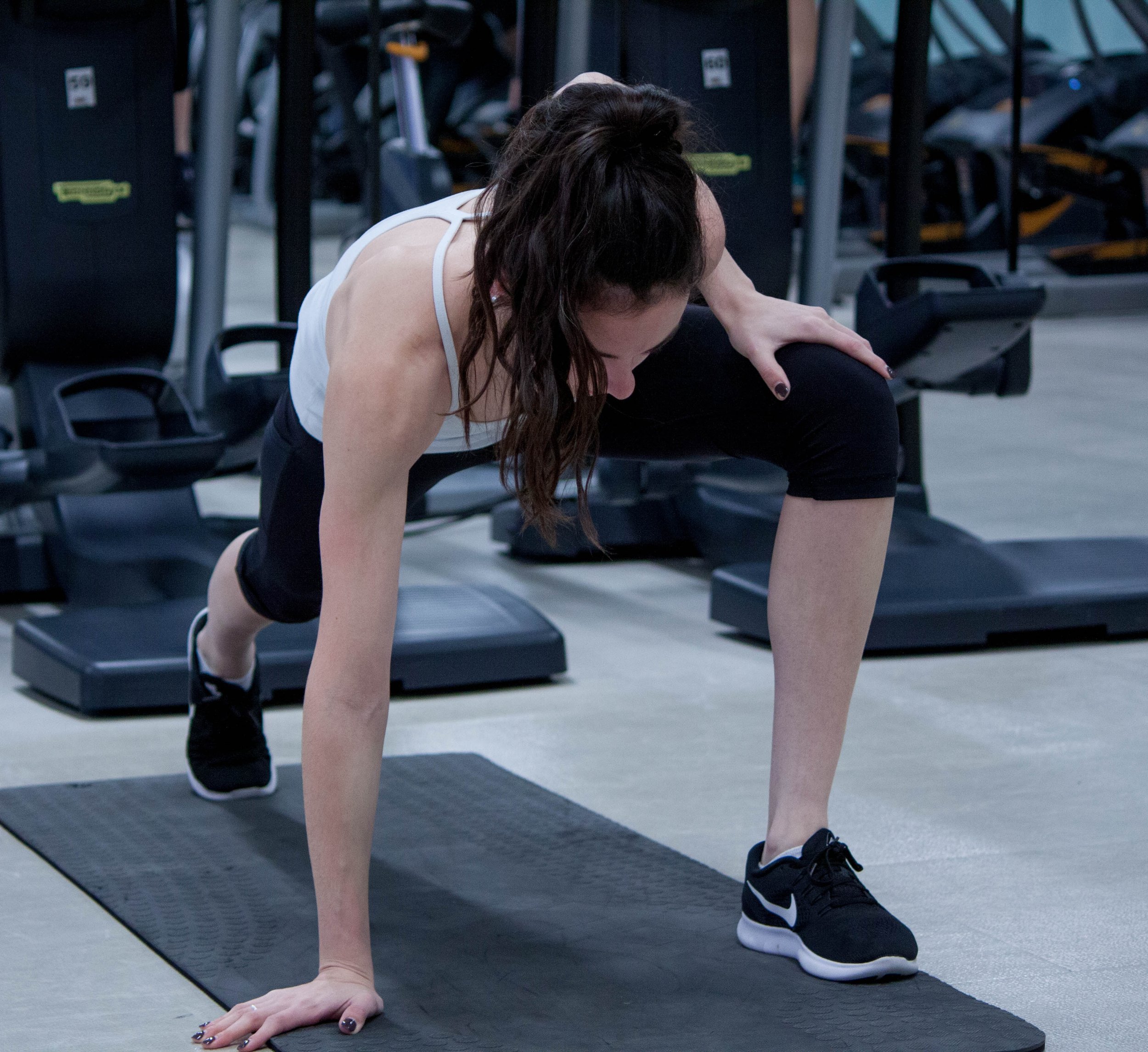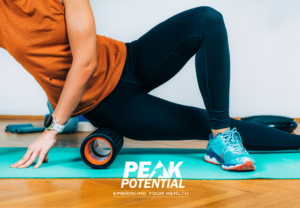I know we are all short on time and taking 10 minutes to stretch at the end of a gym session, long walk, or tennis game can seem like a waste. We believe the gains made to improve our cardiovascular system, muscular strength, and agility are during the workout . . . right?
The Truth About Stretching
The truth is, strength and performance gains are made during recovery as your body rebuilds what was broken down during your workout. And stretching is an integral part of the recovery process. It improves blood circulation to deliver nutrients to the muscles that “feed” them as they recover.
Taking time out to work on flexibility benefits you in many ways actually:
- Increases range of motion (can you touch your toes?)
- Improves posture
- Decreases injury risk
- Releases muscle tension
- Allows your body to move through your day with ease
The major benefit I see in our clients at the clinic is when they develop and maintain healthy levels of flexibility they look and move better as they grow older. This is because as people age they tend to lose flexibility – part due to inactivity but also the changes that occur in the tissues of the body. However, as with cardiovascular endurance and muscular strength, flexibility will improve with regular training no matter your age.
Keys to Flexibility Training
In an ideal world, I would have everyone stretch for 10 minutes after every work and a full 30 minutes once a week to work on flexibility. This weekly session could include foam rolling, yoga, or Tai Chi.
Here are some tips to optimize your flexibility while stretching:
- Take in a deep breath then slowly exhale as you move into your stretch.
- Stop at the point of tension, not pushing to the point of pain.
- Hold the static stretch for 30 seconds.
- Relax and then repeat that stretch 2 or 3 more times.
- Don’t bounce while you are holding the stretch.
- Don’t hold your breath.
Again, none of this should hurt! The “no pain, no gain” philosophy does NOT apply here.
In addition, if you have a sprain, strain, or other injuries it’s best to be evaluated by a healthcare practitioner and given specific guidance for stretching and strengthening. It is possible to cause further harm or hinder healing of an injury by overstretching.
So please, when working out to improve your stamina, burn fat, or build muscle, don’t neglect the importance of flexibility. It’s what will allow you to see the progress you desire, move out the soreness, and keep you from being sidelined due to injury.
Most importantly, it is what will keep you active and independent – moving with grace and ease – as you grow older.
If you are interested in more tips and tricks to improve your training and fitness, download our FREE REPORT below. If you are feeling stuck or frustrated with your routine or even leisure activities, then this is a must-read (especially if you are age 50+) . . . . . How to Get Fit and Stay Fit: 7 Secret Recovery Strategies That Pro Athletes Know and Use.




